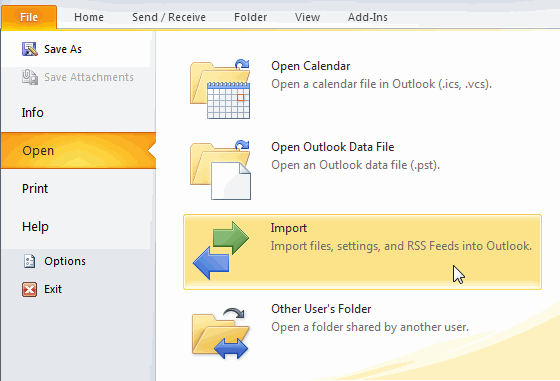

Since the CSV files are generic your radio may need information that is not present in the CSV file. Select a spot in the radio's memory to paste the new memories and then go to Edit > Paste.Next, select the tab corresponding to your actual radio at the top.After selecting one or more memories, copy them to the clipboard by going to Edit > Copy.You can select multiple rows by holding the Shift or Control keys while making your selections. Select the tab containing your CSV file at the top, and select memories from the CSV file you want to copy over.Make sure that the resulting tab at the top says something like "Yaesu FT-7800" or "Icom IC-880" to indicate that you're operating on a radio-specific driver.
#IMPORT CXV INTO CARDMINDER DOWNLOAD#
img file of your radio, or download one from it using Radio > Download From Radio.

If you are using a live-mode radio, wait until all of the changes finish synchronizing back to the device by watching the status bar in the lower right corner of the main window. If you have a clone-mode radio, upload the changes back to your device using Radio > Upload To Radio.The CSV file is generic and does not have all of the columns your radio may need. make any modification needed for your radio here.The memories stored in the CSV file should now be visible in your editor.Make your selections or corrections, if necessary, and then click OK. An import dialog box will appear, which lets you preview the memories that can and will be imported.

Go to File > Import from file and choose your CSV file.Make sure that the tab at the top says something like "Yaesu FT-7800" or "Icom IC-880" to indicate that you're operating on a radio-specific driver. This method should be used when you want to import the entire contents (or some large portion) of the CSV file into the destination radio. There are two basic ways to do this, depending on what you are trying to accomplish: Method #1: Importing the CSV file into a radio ¶ In order to get the information into your device, you must go through some sort of an Import operation. This means that you cannot upload them directly into a radio. If there is ever a question, use CHIRP to create a file with a given value and observe what it puts into the CSV file as a result.ĬSV files are generic, radio-independent text files. The ToneMode field may be either blank, the words "Tone", "TSQL", "DTCS", or "Cross", and so on.
#IMPORT CXV INTO CARDMINDER PLUS#
For example, the Duplex field may be either blank, an plus sign (+), a minus sign (-), or the word "split".


 0 kommentar(er)
0 kommentar(er)
